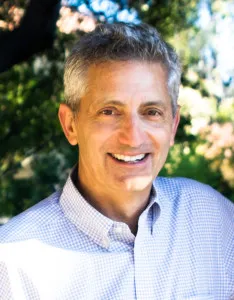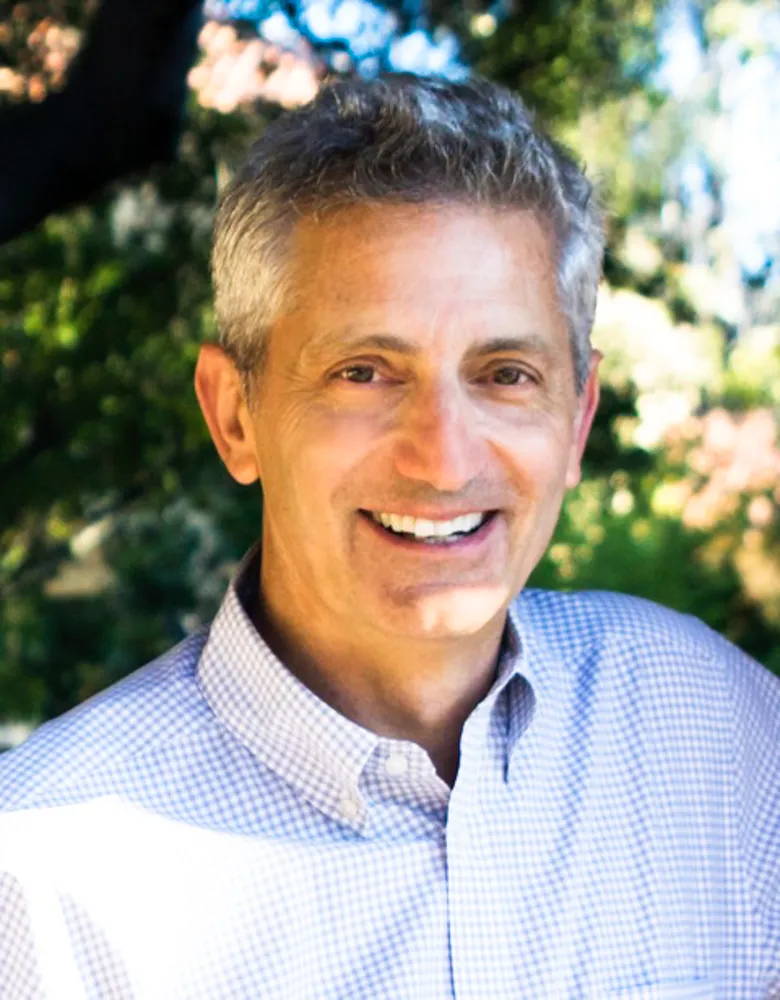
Professor of Electrical Engineering Stephen Boyd was elected to the National Academy of Engineering (NAE) earlier this month, in an honor reserved for those who have made outstanding contributions to or pioneered new aspects of the field. The Daily sat down with Boyd to discuss his election and his plans for the future.
The Stanford Daily (TSD):Could you talk a little bit about your path to where you are today, and what you think contributed to you receiving the honor?
Stephen Boyd (SB):I’ve actually always just had a lot of fun doing math and applying it in all sorts of different areas. So I’ve just sort of followed that and not even in a very organized way either. [It’s] not like I sat down and thought ‘what would be the most important problems to work on?’ Nothing was planned. I just randomly did what I thought was fun. And it turned out to be actually not only fun for me, but useful, so it’s good.
TSD:What kind of research do you do?
SB:The area I originally worked on is called [automatic control systems]. So [automatic control systems] measure various things and automatically take corrective or improving actions, with no human intervention. Obvious examples are airplane autopilots. They are also used inside engines, adjusting fuel flow and other quantities in response to demanded or anticipated power, to reduce fuel consumption, generation of pollutants, etc. A modern car has [a large number] of control systems running at all times. Another example is a quantitative hedge fund where trades are made with no human intervention.
TSD:Was there a specific part of your work that resulted in your election to the NAE?
SB:Maybe, maybe not. My original interest was in control systems, and I ended up using a bunch of math. Much of convex optimization was actually developed in the Soviet Union in the ’50s and ’60s. I applied convex optimization to solve many problems in the analysis and design of control systems. And so I did that for maybe something like 10 years. And that was a lot of fun. What happened then was I started thinking about it and realizing that actually the very same methods could be used in lots of other fields.
And so about 15 years ago, I developed a Ph.D. level course and I wrote a book [“Convex Optimization”] and the idea was to introduce this type of optimization to a lot of other application areas. It was very well-received. It quickly became very big.
The most fun for me is it attracts typically 250 students from over 20 different departments. It mixes a lot of people together and of course is a lot of fun for me, too. So that course has been replicated in a lot of places now, and the book has been widely read. So that’s actually quite gratifying.
TSD:What are you most looking forward to in terms of your membership in the NAE?
SB:Well I think it’s going to be fun to meet people from a lot of different areas. That’s actually something I really enjoy, and just finding out about other people who have done cool stuff in other areas of engineering.
This transcription has been condensed and edited.
Contact Kylie Jue at kyliej ‘at’ stanford ‘dot’ edu.
